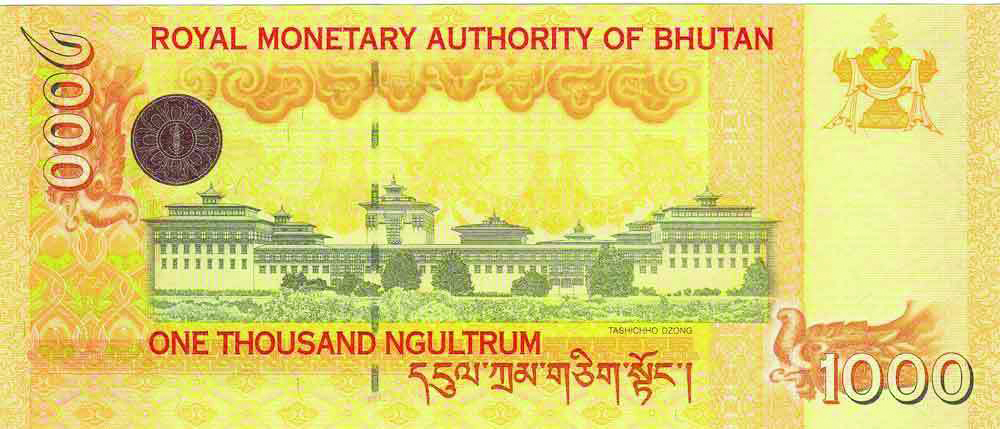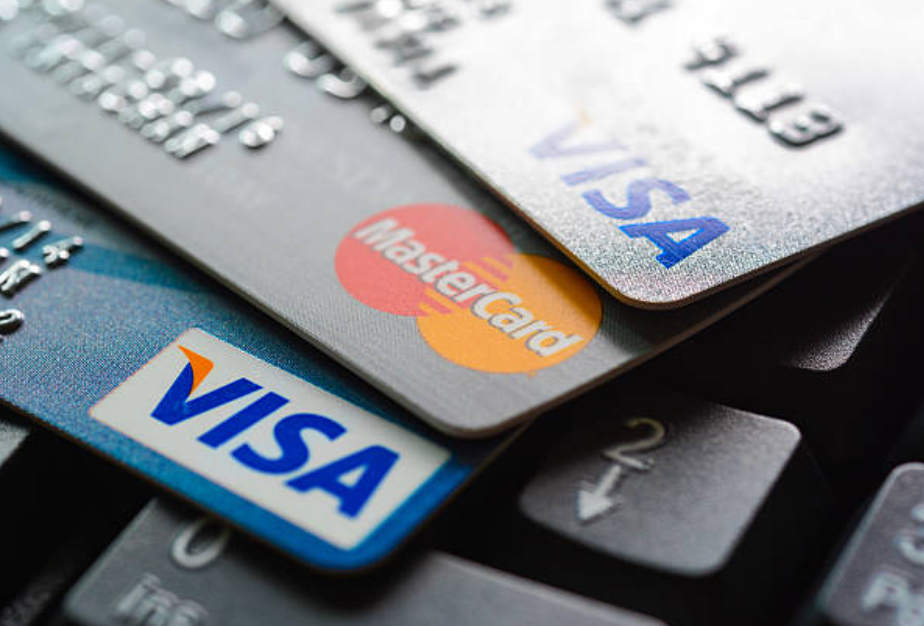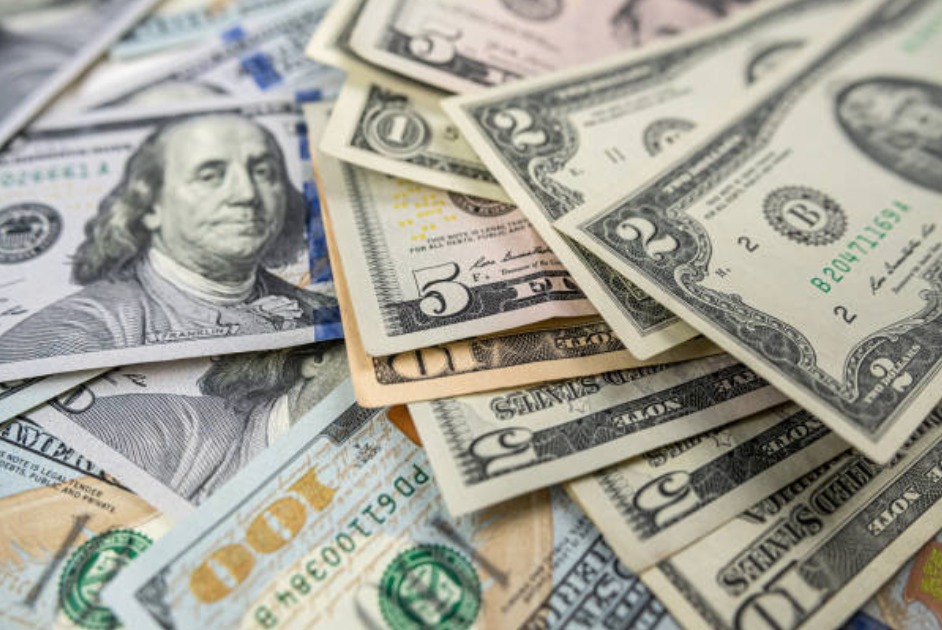BHUTAN
Travelog
How to Pay in Bhutan: The Ultimate Guide to Making Payments in Bhutan

Bhutan, the Land of the Thunder Dragon, is a dream destination for many travellers. With its breathtaking landscapes, rich culture, and deeply rooted traditions, a trip to Bhutan is truly an experience of a lifetime. But before you embark on your journey, it's essential to understand how payments work in Bhutan. Unlike other travel hotspots where cashless transactions dominate, Bhutan operates a little differently. So, let’s dive into everything you need to know about making payments in Bhutan!
Understanding Bhutan’s Currency

The official currency of Bhutan is the Ngultrum (BTN), abbreviated as Nu. The Ngultrum is pegged to the Indian Rupee (INR) at a 1:1 exchange rate, meaning 1 Ngultrum = 1 Indian Rupee. Interestingly, Indian Rupees (except for INR 2000 notes) are widely accepted in Bhutan, making it convenient for travellers coming from India. However, if you’re visiting from elsewhere, you’ll need to exchange your money for Ngultrum or rely on other payment options.
Where to exchange for Bhutanese currency, Ngultrum?
If you're planning to exchange money for Bhutanese currency (Ngultrum, BTN), you have several reliable options both upon arrival and within Bhutan's main cities.
- Paro Airport
- Bank of Bhutan (Thimphu Main Branch and Other Locations)
- Royal Monetary Authority of Bhutan in Thimphu
Payment Methods in Bhutan
1. Cash is King
While Bhutan is gradually moving towards digital payments, cash remains the most widely accepted form of payment, especially in rural areas and smaller towns. Many businesses, including local markets, small shops, and traditional eateries, operate on a cash-only basis.
-
It’s best to carry small denominations (Nu. 50, Nu. 100) as getting change for larger notes can be tricky in smaller establishments.
-
Indian travellers can use INR (except the INR 2000 note), but it’s still advisable to have some Ngultrum on hand.
-
If you’re coming from other countries, exchange currency at Paro International Airport, major banks, or authorised money changers.
2. Credit and Debit Cards

The use of credit and debit cards is increasing in Bhutan, but it’s still not as widespread as in other destinations. Larger hotels, high-end restaurants, and souvenir shops in Thimphu and Paro may accept Visa and Mastercard, but American Express and other cards may not be widely accepted. However, the payment terminals may be disrupted occasionally, it's still best to carry cash with you.
-
Card payments usually incur a surcharge of 3–5%, so factor that into your expenses.
-
Make sure to inform your bank about your travel plans to avoid your card being blocked due to suspicious foreign transactions.
-
ATMs are available in major towns, but they can sometimes be unreliable. Always carry backup cash.
3. Mobile Payments & Digital Wallets
Bhutan has seen a rise in digital payments, particularly with local mobile wallets such as mBoB, MPay, and ePay Bhutan. However, these are primarily used by locals and require a Bhutanese bank account to set up, making them less practical for international travellers.
International payment platforms like Google Pay, Apple Pay, and PayPal are not commonly accepted, so don’t rely on them for purchases.
4. Traveller’s Cheques and Bank Transfers
Traveller’s cheques are not recommended in Bhutan as very few places accept them. If you need to make large payments (e.g., for your tour package), bank transfers are a more reliable option. Your tour operator can provide their bank details for a direct wire transfer.
Where to Exchange Money in Bhutan

If you need to exchange foreign currency, the best places to do so are:
-
Paro International Airport – Convenient but may have slightly higher rates.
-
Bank of Bhutan (BoB), Bhutan National Bank (BNB), and Druk PNB Bank – Offer competitive exchange rates and are found in major towns.
-
Authorised money changers – Found in Thimphu and Paro, though rates may vary.
IMPORTANT
Do note that Bhutan only accepts 10 major foreign currencies for exchange: U.S. Dollar, Pound Sterling, Euro, Japanese Yen, Swiss Franc, Hong Kong Dollar, Canadian Dollar, Danish Kroner, Australian Dollar and Singapore Dollars.
Tips for Handling Money in Bhutan
-
Always carry some cash, especially when travelling outside major cities.
-
Break down large notes at banks or hotels before heading to rural areas.
-
Be mindful of surcharges when using credit cards.
-
Exchange money at authorised dealers to get the best rates and avoid counterfeit issues.
-
Keep emergency cash in USD or INR, as these are easiest to exchange if needed.
Frequently Asked Questions (FAQs)
1. Can I use my home currency in Bhutan?
No, foreign currencies are not accepted for regular transactions. You’ll need to exchange them for Ngultrum at banks or authorised exchange counters.
2. Are ATMs widely available in Bhutan?
ATMs are available in major towns like Thimphu, Paro, and Punakha, but they can be unreliable. Always have backup cash.
3. Is it possible to withdraw Ngultrum from an ATM using an international card?
Yes, some ATMs accept international Visa or Mastercard, but withdrawal limits and fees apply. It’s better to bring some cash and exchange it.
4. Do hotels and restaurants accept credit cards?
Some high-end hotels and restaurants accept Visa and Mastercard, but many local eateries and guesthouses are cash-only.
5. Can I use Indian Rupees in Bhutan?
Yes, Indian Rupees (except INR 2000 notes) are widely accepted at a 1:1 exchange rate with the Ngultrum.
6. Are mobile payments like Google Pay and Apple Pay accepted in Bhutan?
No, these international digital wallets are not commonly accepted in Bhutan. Cash and card payments are more reliable.
7. What should I do if I run out of cash in Bhutan?
Try withdrawing money from an ATM using an international card or visit a bank to exchange currency. Tour operators and some hotels may also assist with currency exchange.
Navigating payments in Bhutan isn’t too complicated once you know the basics. While digital payments are growing, cash remains the most reliable option. To have a hassle-free trip, carry a mix of USD (large denominations), Ngultrum and Indian Rupees, and have a credit card for emergencies or larger purchases. If you’re booking your trip through a tour operator, confirm payment methods in advance to avoid any last-minute surprises.
With these tips, you’re now ready to explore Bhutan without worrying about how to pay for your next meal or souvenir.
Follow Druk Asia on social media for inspiring travel stories, breathtaking photos, and the latest updates from Bhutan.
Ready to Experience the Magic of Bhutan?
Fill in the form below and the friendly Bhutan Travel Specialist team will get back to you with expert advice, itinerary ideas, and everything you need to know. No obligations, just warm guidance from those who know Bhutan best.
Thank you for your message!
Hang tight—one of our friendly Bhutan Travel Specialists from Druk Asia will be reaching out soon with expert tips, insider advice, and exciting itinerary ideas to help you plan the adventure of a lifetime!
Discover
Breathtaking
Bhutan.
Thank you for subscribing!
You have successfully subscribed to our newsletter.




